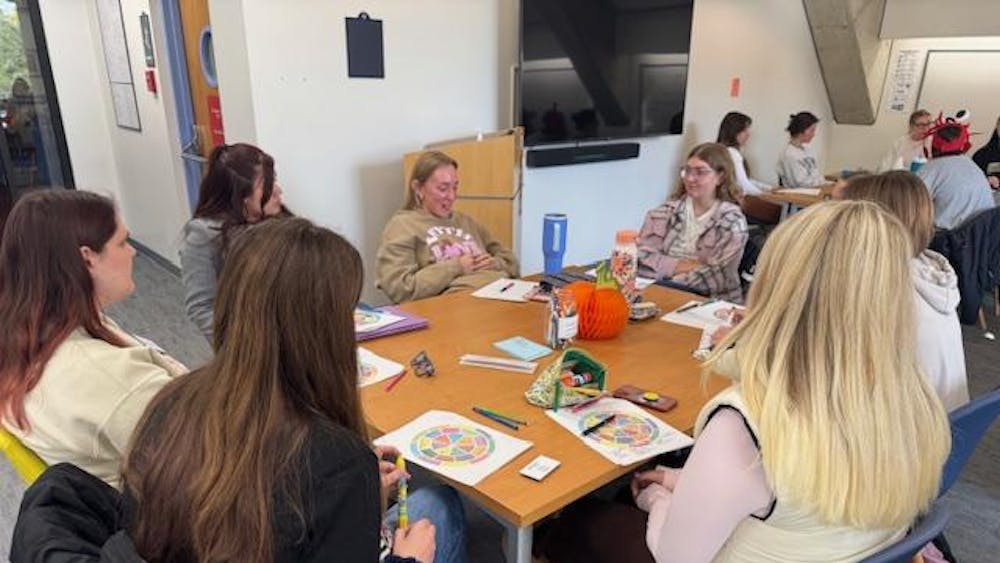Physics Professor Peter Garnavich is part of the largest Hubble telescope project undertaken to date, allowing him to examine distant galaxies and far-away supernovae.
The telescope allows astronomers to gather data about galaxy evolution and cosmology as it can discern light that has traveled for billions of years across the universe.
"This is a huge project by NASA to get the maximum information possible since the Hubble was repaired last May," Garnavich said.
He said the telescope repairs improved the infrared camera on the Hubble telescope, giving it a larger viewing field as well as better camera quality. This allows the camera to see much further than it previously could.
The project will look at more than 250,000 distant galaxies.
Garnavich said the project will maximize time on the telescope by looking at the sky above the ecliptic poles, ensuring neither the sun nor the earth interferes or blocks the sky during the allotted time.
The application for time on the Hubble telescope is very competitive, Garnavich said.
"Only one in every 10 proposals are accepted," he said.
The more orbits a proposal requires, the less likely it is to be accepted, he said. Any project requiring more than 100 orbits is much less likely to be accepted.
Even though the group requested 902 orbits, its proposal was approved because the project is a part of the Multi Cycle Treasury program, spreading the project over multiple years.
The length of the project is also significant because it will look at pictures from the same spot in the earth's orbit from year to year and compare differences.
The team will look for several significant changes, including supernovae and the accretion of mass into the black holes at the center of galaxies.
"With this project, we will be looking at the most distant supernovae and galaxies ever seen," Garnavich said.









